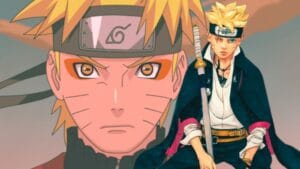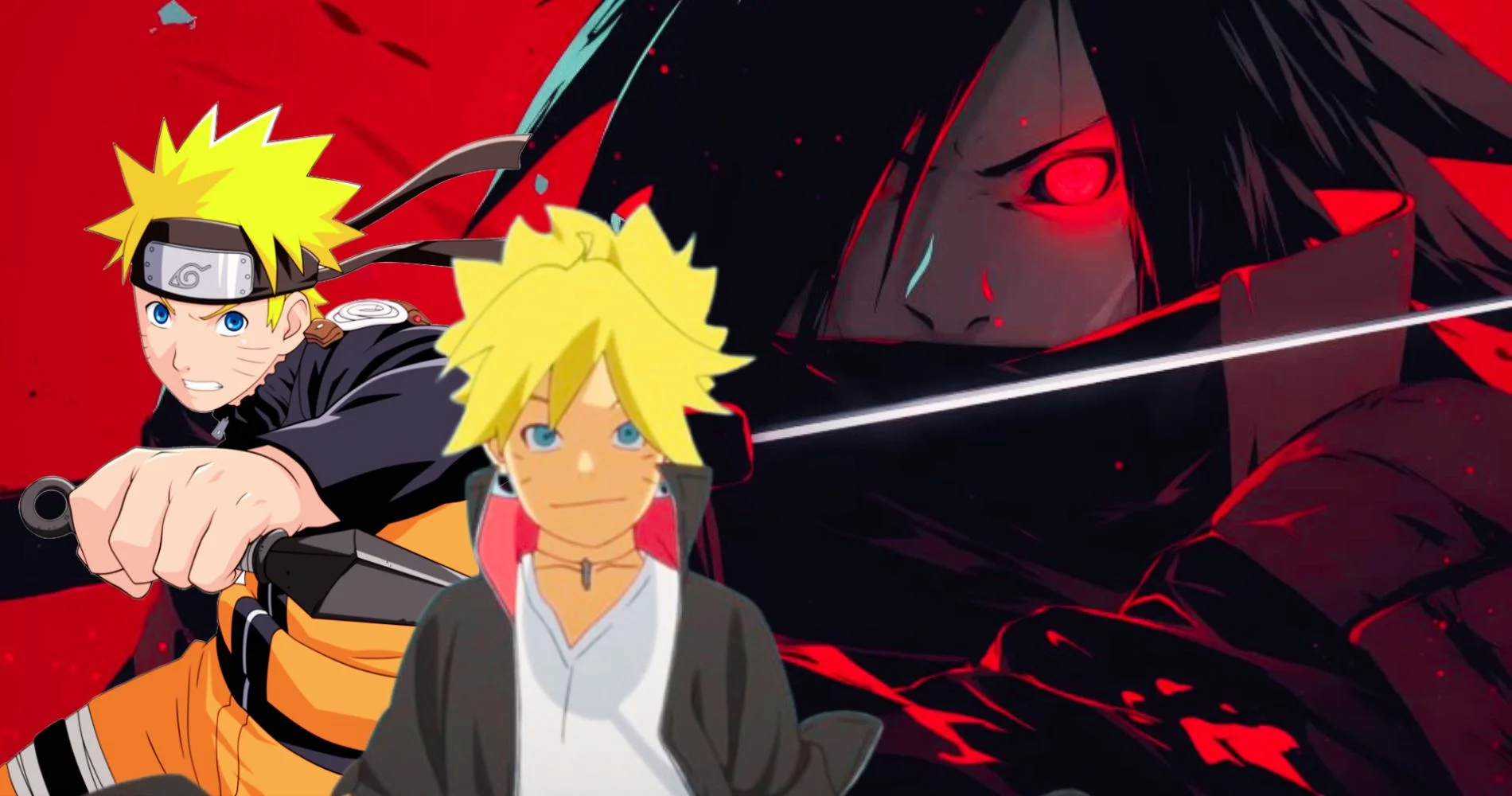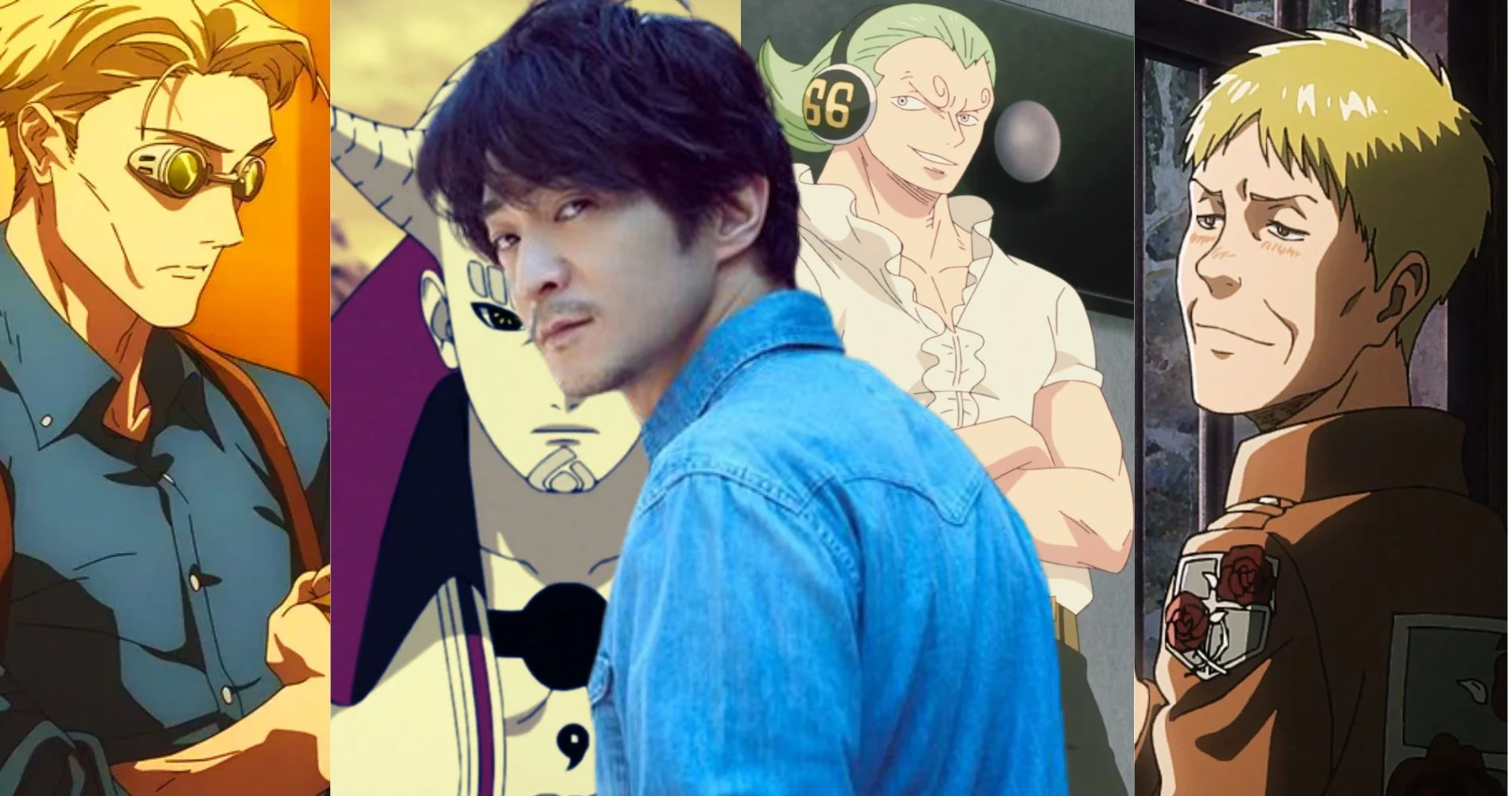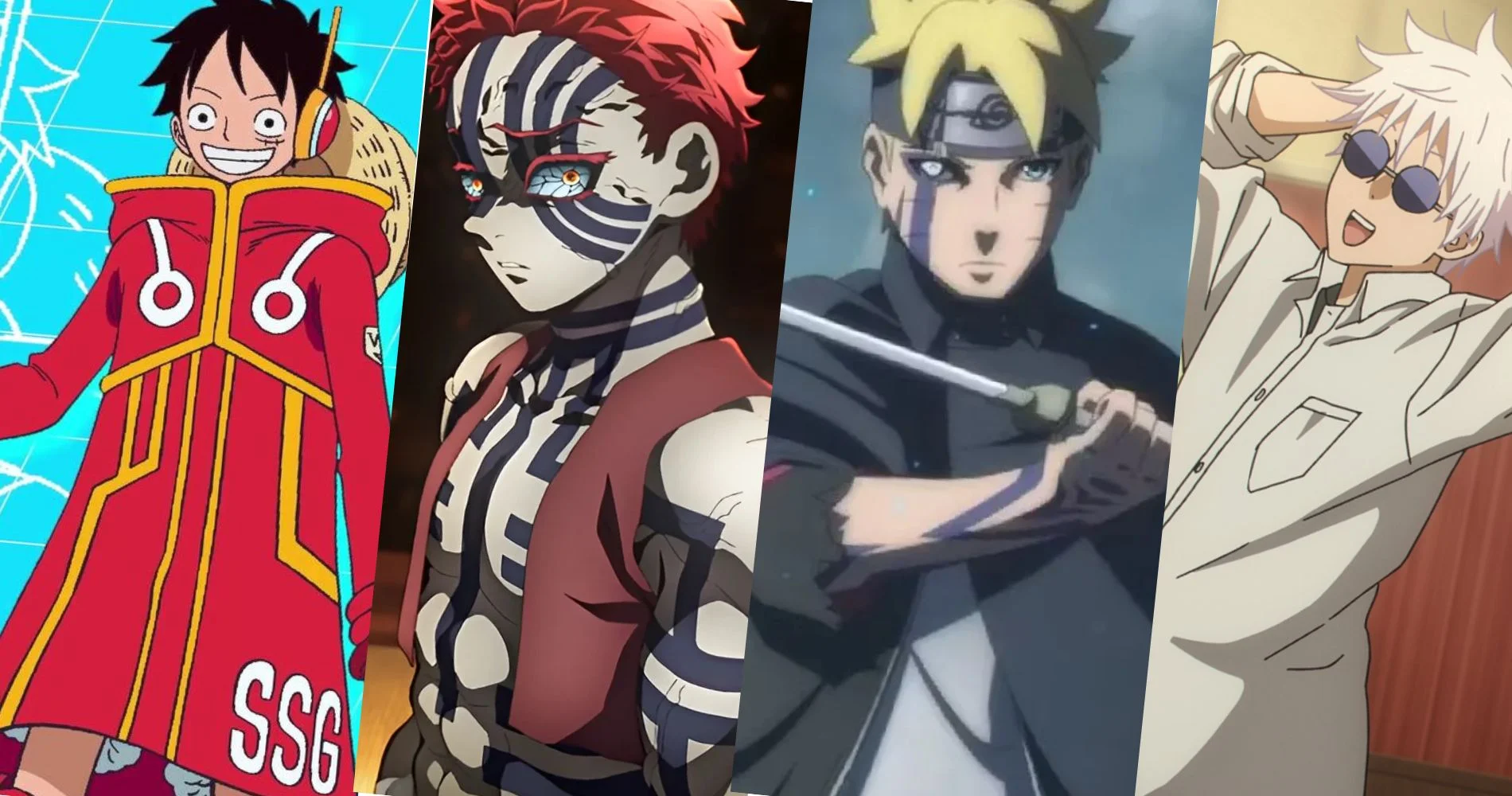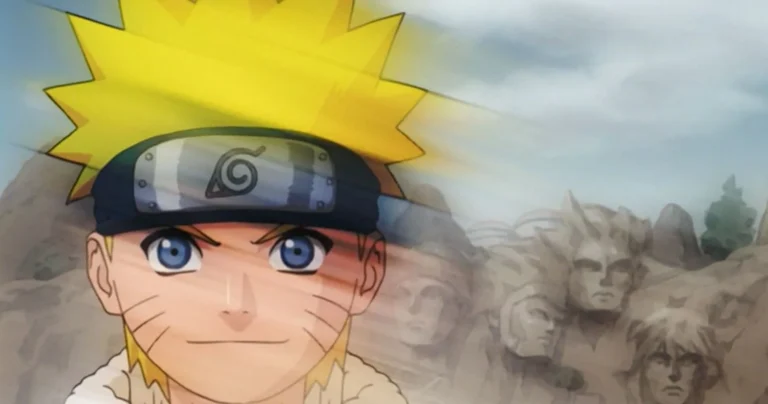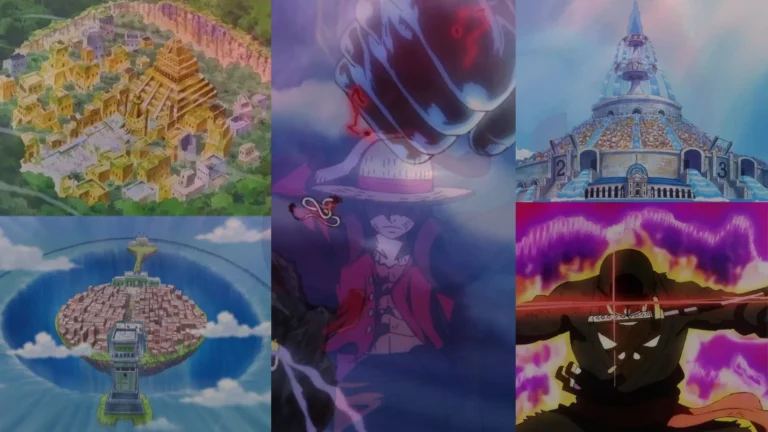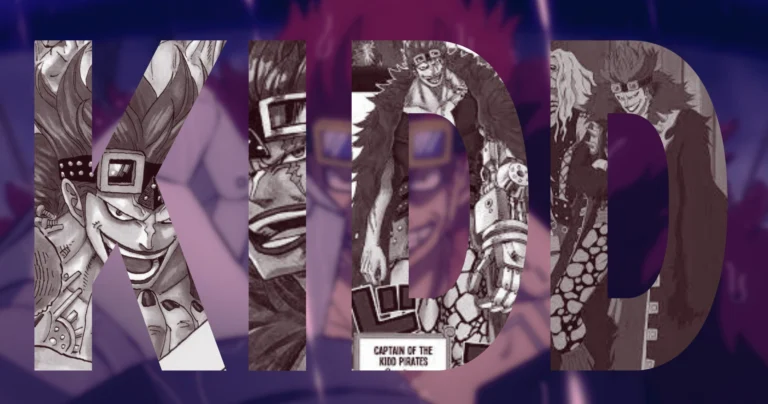
Summary
- Boruto evolves into a mature, strategic warrior, blending Naruto’s legacy with his unique abilities and complex personality.
- Kawaki’s internal struggles, loyalty conflicts, and determination to protect Konoha make him one of Kishimoto’s most layered characters.
- Eida’s mysterious powers, emotional vulnerability, and unpredictable motives add complexity, making her a standout in the series’ narrative.
Masashi Kishimoto established his reputation by creating deep evolving and complex characters that form the cornerstone of the Naruto and Boruto series. Boruto: Two Blue Vortex adjusts its story and expands throughout the plot to introduce deeper dimensions that intensify character impact. Character growth emerges as the most prominent aspect throughout the story since the main demographic has accomplished maturity since their first appearance.
Related
The Two Blue Vortex arc in Boruto has created a profound shift in the entire series by pushing its characters toward fresh dangerous scenarios. The story moves deeper into darkness as alliances change while hidden motivations emerge which makes the development of core characters essential in this current phase. With his characteristic artistry, Masashi Kishimoto masterfully creates profound complex characters in Boruto who fight between their identities against shared loyalties while seeking their measure of authority.
1. Kawaki: The Anti-Hero with a Complex Past
The development of Kawaki from an innocent child to an anti-heroistic figure stands as one of the most intriguing story arcs in Boruto: Two Blue Vortex. The adopted son of Naruto evolves into an essential combatant who stands against threats endangering the peaceful ninja realm.

The internal turmoil Kawaki experiences because of his experiences with Kara and his emotions of dishonesty alongside being utilized as an instrument transforms him into an intricate and unfortunate character. The shared bond between childhood brothers has transitioned into direct competition and animosity between Boruto and Kawaki. Kawaki makes all his choices based on his deep fear of losing the important people in his life who were once his family. Kishimoto showcases Kawaki’s menacing nature through his examination of Kawaki’s dark traits while simultaneously revealing his quest for acceptance which establishes the anti-hero figure as simultaneously touching and menacing.
2. Boruto: The Reluctant Hero and His Growing Responsibility
The rebelliousness that marked Boruto Uzumaki during his youth has disappeared into an entirely different persona. During the narrative of Two Blue Vortex readers discover that Boruto undergoes developmental changes which gradually disclose the meaning of his obligations. Following his fight with Kawaki Boruto faces the consequences of his conduct since he abandoned his attempts to impress his father.

The arc depicts Boruto struggling to understand that he has two roles: being Hokage Naruto’s child while working to establish his shinobi career. Boruto serves as his character fully while keeping his essential connection to his father Naruto’s legendary heritage. Through his leadership development alongside his self-study of friendship values and his important decision-making Boruto establishes himself as a top character in “Naruto” literature.
3. Sarada: The Ambitious, Powerful Shinobi
The character arc of Sarada Uchiha received its highest advancement through her appearance in the series Two Blue Vortex as the offspring of Sakura and Sasuke Uchiha. Sarada transcends her former role as an ambitious young girl following her father by becoming an influential force with leadership power.

Her growth as a fighter and leader reaches important stages while Kishimoto showcases her dedicated spirit empathetic nature and resilient qualities. Sarada demonstrates great emotional maturity and her love for her parents pushes her to excel as she becomes one of the most relatable characters in the Naruto world who shows exciting potential in the Two Blue Vortex arc.
4. Himawari: The Heart of the Uzumaki Family
The youthful age of Himawari Uzumaki does not diminish the fact that she remains a protagonist to follow. Kindness combined with her love toward family members represents the essential foundation of her personality. As the Two Blue Vortex plot progresses readers get to see Himawari mature while she accepts the complexities of her real-world surroundings. Himawari supports Naruto and his family through emotional connections even though she contributes minimally to combat situations alongside Boruto. Her innocent narrative elements enhance the drama of the dark story while providing emotional stability in the plot.

5. Code
Code represents the vengeful follower with his own personal vengeance as an anime character. The Kara organization member Code stands as a dangerous threat in Two Blue Vortex due to his claims of descending from Isshiki Ōtsutsuki. The power of Code as a villain stems from his personal vendetta toward Kawaki as well as his blood feud with the entire Uzumaki family.

Through his narrative Kishimoto provides information about how Code’s destructive path is driven by the anger and trauma from his past. The combination of his desire for vengeance with his ambiguous feelings about being abandoned by Isshiki allows Code to develop into both a strong rival to his enemies and a fully human villain.
6. Eida & Daemon: The Mysterious Siblings with Hidden Motives
The characters Eida and Daemon have earned a massive fan following within Two Blue Vortex through their intricate personality traits as well as their secretive pasts. Eida shows powerful manipulative abilities through charm that creates a compelling character who conceals her hidden motives. The storyline becomes tense because viewers doubt whether Eida remains loyal to Kawaki and Boruto since she shows no sign of following a specific agenda.

The mysterious nature of Daemon matches the same quality Eida demonstrates as his younger sibling. Daemon maintains unpredictability in the conflicts among factions because he possesses impressive powers while showing complete dedication to his sister. These characters produce confusion about good versus evil by blending one into the other which makes the developing plot more tense and cryptic.
7. Mitsuki: The Calm and Collected Strength
As the artificial creation of Orochimaru Mitsuki maintains his position as Boruto’s oldest team member where he typically remains steady and in control. Two Blue Vortex reveals deeper dimensions to the character of Mitsuki. Since someone made him through experimentation Mitsuki experiences ongoing shifts in his identity and essential nature. Through his loyalty toward Boruto and his internal conflicts related to his origins the character creates an intriguing narrative element that examines what genetic material shapes people versus what personal choices do.

8. Kashin Koji: The Enigmatic Assassin with a Mysterious Past
Kashin Koji from Kara has established himself as the most obscure personality in the Boruto series. The replicated version of Jiraiya represents an enigma to fans throughout the series. The character’s motivations stay uncertain throughout the narrative although he must decide between honoring pledges and seeking vengeance while seeking to redeem himself as seen in Two Blue Vortex. Through his effective character writing Kishimoto keeps the actual motives of Kashin Koji uncertain thus producing suspense for the audience. Audiences debate whether Kashin Koji will play a hero role or a villain role or complete a transition between the two in the storyline.

The Best of Kishimoto’s Writing
Kishimoto demonstrates his expert abilities in character development throughout Boruto: Two Blue Vortex. The narrative features three unique characters – Kawaki with ambiguous morals and Boruto who displays focus and Sarada who remains resilient. Every character in Two Blue Vortex receives space to progress their development through unexpected growth experiences that create impactful changes in the story. All characters throughout the story follow distinct personal paths that shape the greater plot narrative meaningfully. Through his ability to make characters lead the story, Kishimoto demonstrates his mastery in worldbuilding which goes beyond plotlines. Through the dynamic Boruto tale, these characters demonstrate how great stories succeed by creating deep characters even when set within a world dominated by ninjutsu combat.

Boruto: Two Blue Vortex showcases some of the best-written characters in the Naruto universe. Kishimoto performs outstanding character development of Kawaki and Boruto alongside Sarada and Code and multiple others within his latest works. These characters in the complex storyline continue advancing during the arc progression whereas fans anticipate increasingly dramatic twists which finalize their positions as top Boruto characters.

